Thermal Power Stations Need Makeover
Utilities feel pressure from more users and less water.
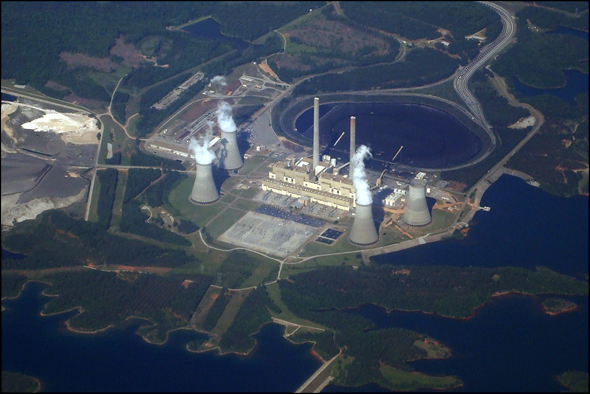
By Brett Walton
Circle of Blue
Water constraints are making old operational practices in the energy sector no longer possible. Three-fourths of the electricity generated in the United States is thermally-driven, according to the Government Accountability Office, an arm of Congress that investigates federal spending. Burning fuel to drive a turbine creates excess heat that must be removed for the plant to function. Because water has been historically cheap and abundant, most plants use it as a coolant.
As the number of users and uses rises, better management becomes increasingly important.
“Our existing water management practices and infrastructure are based on a world where water is not constrained,” said Robert Goldstein of the Electric Power Research Institute. “That is no longer the case.”
Even widely touted non-carbon energy sources require cooling. Solar thermal plants, which concentrate sunlight from an array of parabolic mirrors and nuclear plants need to be cooled just like coal- or gas-burning thermoelectric plants.
Power plants using gas and coal as a fuel might also have to deal with carbon emissions regulations that will increase their water use. Adding carbon capture and storage (so-called CCS technology) to a power plant increases water consumption by 50 to 90 percent, according to a National Energy Technology Laboratory study.
“The plant has to generate additional power to run the capture system,” Andrea McNemar, an NETL researcher, told Circle of Blue. “The additional power needs added cooling, which is where the increased water use comes from. But as plants become more efficient, the water use will decrease.”
In 2005 thermoelectric power plants accounted for 49 percent of all surface and groundwater withdrawals in the United States, according to the U.S. Geological Survey. Because most of this water is returned to rivers after use, only 3.3 percent is consumed, but most electrical power generation needs a large amount of water to operate. The 2007 drought in the Southeast region of the country caused problems because there was not enough water in the streams to take out.
The Department of Energy predicts that the United States will need 30 percent more electricity by 2025 to meet demand, with most of the growth happening in the Southwest and Southeast. Power plant operators and government regulators in the Southwest are more aware of water constraints because of the region’s desert conditions.
The power industry appears better-positioned to meet demand, having already moved to less water-intensive cooling systems. The rights-based legal system for Western water ownership—called prior appropriation—also makes water transfers easier in times of scarcity.
Just 0.6 percent of water withdrawals in six Colorado River basin states—Arizona, California, Colorado, Nevada, New Mexico and Utah—are used for thermoelectric cooling, compared to 75 percent of withdrawals for the Southeast, according to the USGS. The difference in absolute withdrawals is also striking: 414 million gallons per day in the Southwest against 39.7 billion gallons per day in the Southeast. For the Southwest this means a bigger problem with water consumption from evaporative loss, but this, too, is mitigated by dry cooling and use of wastewater.
Brett Walton is Seattle-based reporter for Circle of Blue. Contact Brett Walton

Brett writes about agriculture, energy, infrastructure, and the politics and economics of water in the United States. He also writes the Federal Water Tap, Circle of Blue’s weekly digest of U.S. government water news. He is the winner of two Society of Environmental Journalists reporting awards, one of the top honors in American environmental journalism: first place for explanatory reporting for a series on septic system pollution in the United States(2016) and third place for beat reporting in a small market (2014). He received the Sierra Club’s Distinguished Service Award in 2018. Brett lives in Seattle, where he hikes the mountains and bakes pies. Contact Brett Walton


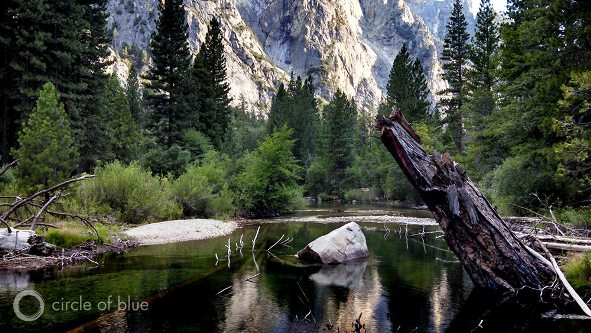
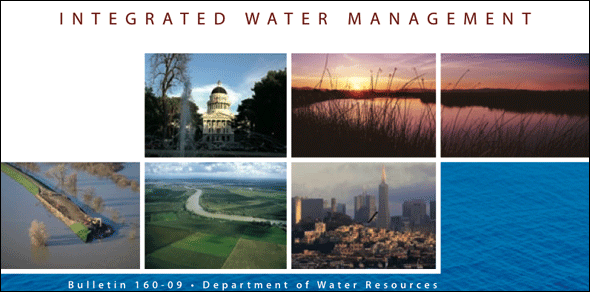
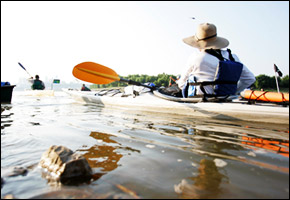


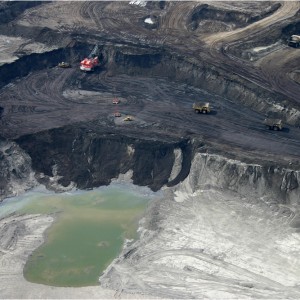
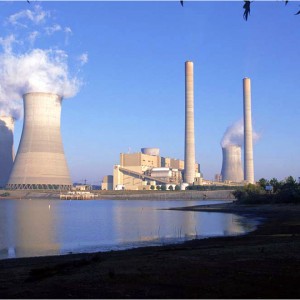
Leave a Reply
Want to join the discussion?Feel free to contribute!